In Windows 10, you can find your drive type for drives installed in your PC without restarting your PC or disassembling it. No third party tools required.
Advertisеment
HDD stands for hard disk drive. HDDs are the traditional spinning hard drive device that is used to store all your data. Hard drive technology is old. First devices were created in 1956. The classic hard drive is an electro-mechanical data storage device that uses magnetic storage to store and retrieve digital information using one or more rigid rapidly rotating disks coated with magnetic material. They include magnetic which read and write data to the disk. Data is accessed in a random-access manner, meaning that individual blocks of data can be stored or retrieved in any order and not only sequentially.
SSDs (Solid State Drives) are modern storage devices. An SSD serves the same purpose asa hard drive. However, it doesn't include moving parts, storing your data on flash memory chips. SSDs provide the incredible read and write speed. A modern computer with an SSD starts in a few seconds. SSDs consume less power than HDDs and produce no noise.
While SSDs are great devices, they are still expensive. Usually, a consumer SSD unit have less capacity that a classic hard drive for the same price. Older models of SSDs often suffer from flash memory wear-out, but the issue seems to be gone for modern SSD devices.
There is a simple but effective method you can use to find if you have HDD or SSD installed in your Windows 10 computer. You need no third-party tools, and you can avoid PC disassembling. Here is how.
To Find If You Have HDD or SSD in Windows 10,
- Open File Explorer.
- Navigate to the This PC folder.
- Right click the drive you want to defrag and select Properties from the context menu.
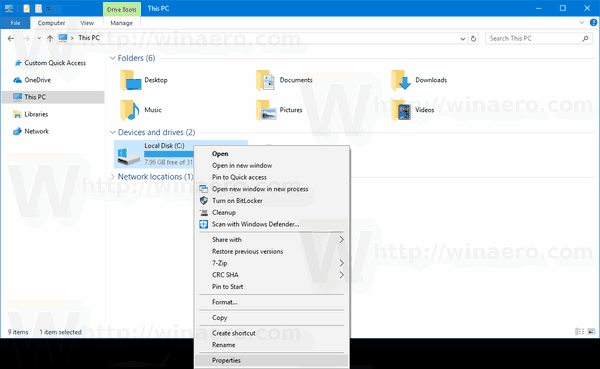
- Switch to the Tools tab and click the button Optimize under Optimize and defragment drive.
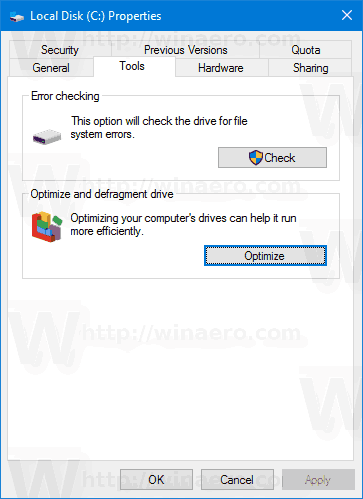
- In the next window,see the 'Media type' column. It shows the drive type for each of installed drives.
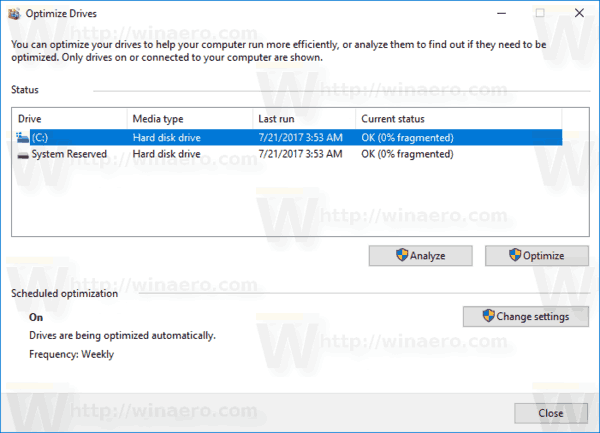
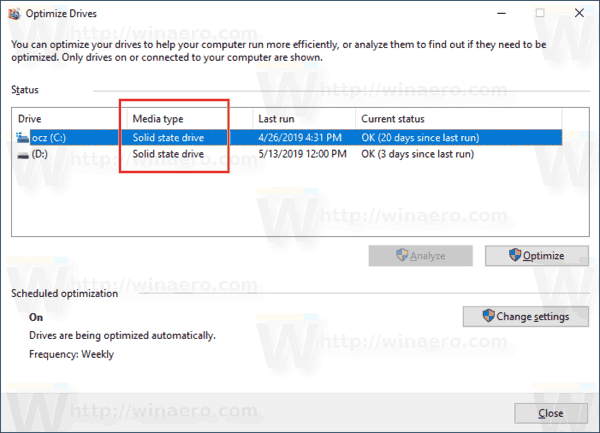
You are done.
Tip: You can save your time and Add Optimize Drives Context Menu in Windows 10.
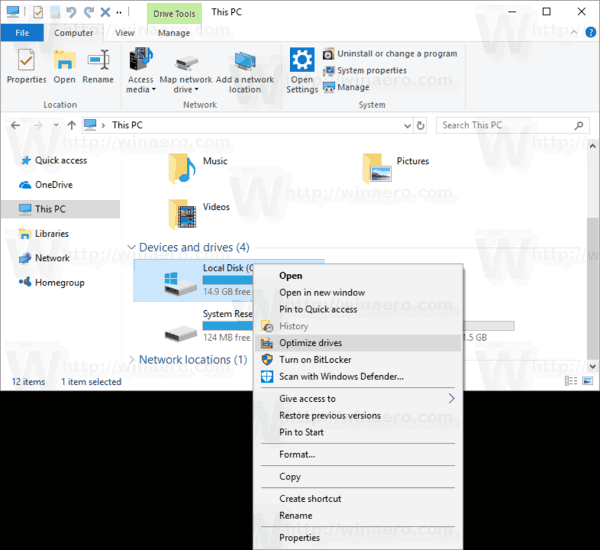
Note: If you are running Windows 10 build 18898 or above, you can use Task Manager.
Find Drive Type (HDD or SSD) Using Task Manager
- Open the Task Manager.
- If it looks as follows, switch it to the full view using the "More details" link in the bottom right corner.
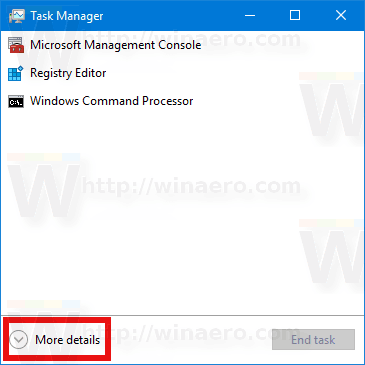
- Switch to the Performance tab.
- You’ll now be able to see the disk type.
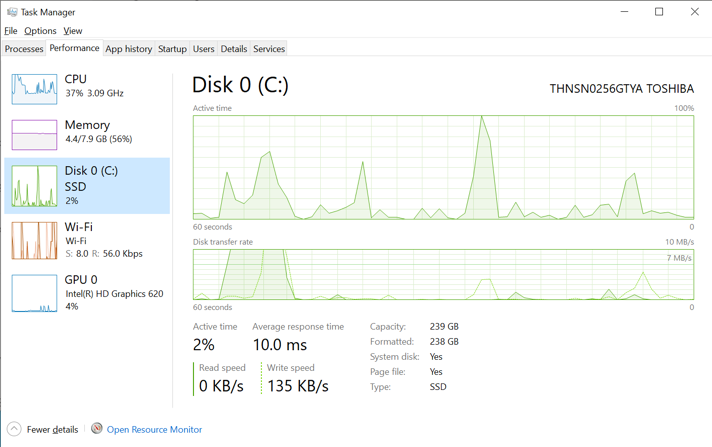
You are done.
Finally, you can use PowerShell to find the drive type with a special cmdlet, Get-PhysicalDisk.
Find If You Have HDD or SSD in PowerShell
- Open PowerShell as Administrator.
Tip: You can add "Open PowerShell As Administrator" context menu. - Type or copy-paste the following command:
Get-PhysicalDisk | Format-Table -AutoSize - In the output, see the MediaType column value for each of your drives.

That's it.
Related articles:
- How to Trim SSD in Windows 10
- How to see if TRIM is enabled for SSD in Windows 10
- How to Defrag a Drive in Windows 10
- How to Enable TRIM for SSDs in Windows 10
- How to install Windows 7 on a PCI Express (NVMe) SSD
Support us
Winaero greatly relies on your support. You can help the site keep bringing you interesting and useful content and software by using these options:

Quite informative Sergey! Thank you.
You are most welcome.
Well it’s quite easy to find if you have HDD or SSD: if Windows is running horribly slow, it’s HDD.
I have clean Windows 10 May 2020 installation and Samsung SSD 850 Pro 256G only.
But in Task Manager I see only HDD disk and even Type is HDD !
But everywhere in Windows my disk is detected as SSD only in Task Manager – not.
How to fix an incorrect detection in Task Manager?
It is a bug in the OS
multumesc prostilor
very helpful. thank you i found my media type of my hard disk
Thanks Sergey – very clear, concise and helpful
Thank you very much for your feedback. Happy to hear!